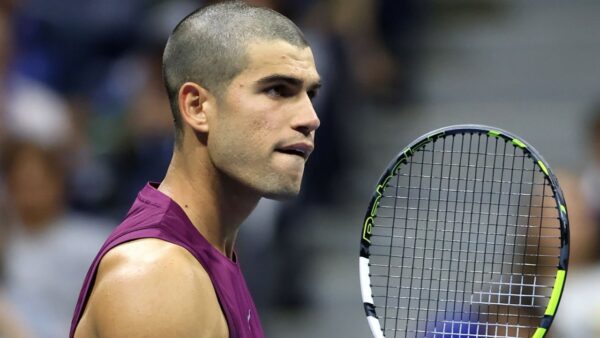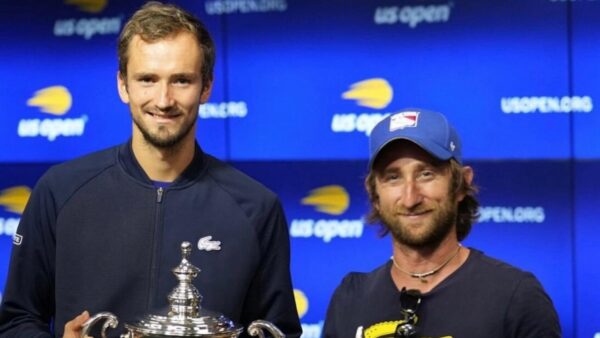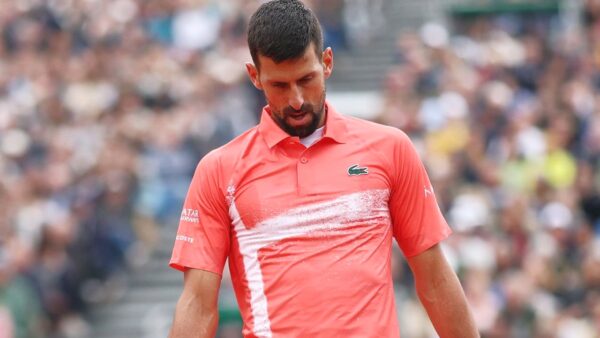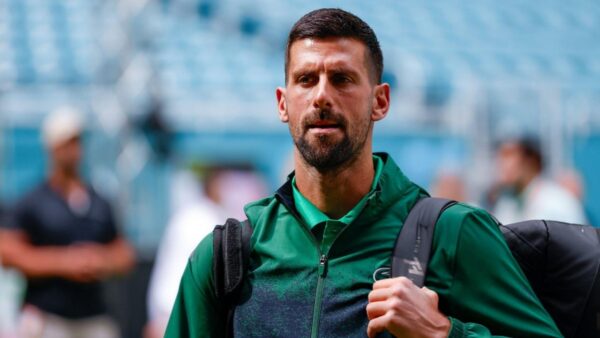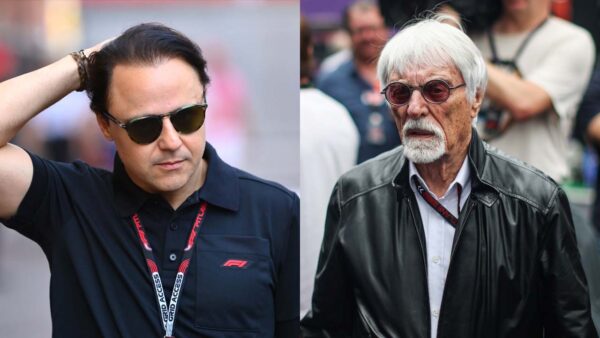“Drug laws wiped us out” – When RAMPANT cocaine use ended Rockets’ chance at beating Lakers, Celtics dynasty
Discover how rampant cocaine use derailed the Houston Rockets' championship aspirations in the 1980s, ultimately impacting their showdowns.

Bill Fitch courtesy getty images
🔍 Explore this post with:
In 1984, when the Houston Rockets selected Hakeem Olajuwon in the draft, they aimed to elevate to championship status. Having previously picked Ralph Sampson, their frontcourt was poised to be the NBA’s most formidable.
However, despite reaching the 1986 NBA Finals, the Rockets transitioned from championship hopefuls to a perennial playoff presence. Head coach Bill Fitch reflected on what might have been if the 1986 Rockets had stayed intact.
Fitch stated “We had the makings of a good team, but the drug laws wiped us out,” he said. “We lost Lewis Lloyd and Mitchell Wiggins (in 1986-87) and John Lucas (for the 1986 playoffs). Sampson became a one-legged horse (from injury), and we traded him away. If we could have kept that same group, we’d have had something.”
Prior to the 1986 postseason, the Rockets faced an early setback when they had to part ways with one of their starters, John Lucas. This decision came after Houston requested Lucas to undergo an impromptu drug test due to his absence from practice in March 1986, and the results came back positive, leading to his immediate release by the Rockets.
NBA’s Drug Policy: From John Lucas to the bans of Lloyd and Wiggins

When John Lucas was waived, he had an impressive track record, having started 65 games for the Rockets and maintained an average of 15.5 points per game. Additionally, he ranked 6th in the NBA for assists, with an average of 8.8 per game. Despite entering the playoffs without Lucas, the Rockets managed to reach the NBA Finals, although they ultimately fell short against the Celtics.
However, in January 1987, the NBA made headlines again when it imposed a lifetime ban on guards Lewis Lloyd and Mitchell Wiggins. This severe decision followed both players testing positive for cocaine. Notably, Lloyd and Wiggins were both significant contributors on the court, each consistently scoring in double digits during the year they were dismissed.
NBA’s Game-Changing move in 1983
On September 28, 1983, the NBA introduced a groundbreaking initiative that included a provision in the newly adopted four-year labour contract. This initiative was designed to bar players from the NBA if they were found to be involved in the use or sale of illegal drugs.
In 1986, John Drew marked a significant milestone as the inaugural player to be barred by the NBA following the implementation of the 1983 drug policy. Michael Ray Richardson followed as the second player to face a ban under the “three-strikes” drug policy. While Wiggins and Lloyd were first-time offenders, their ban was attributed to their failure to voluntarily seek treatment after being apprehended, according to the league’s rationale.
In Case You Missed:
- NBA Insider reveals why Donovan Mitchell will not sign an extension with Cleveland?
- Patrick Beverley tried to HURT Lakers, asked key offseason signing not to team-up with LeBron James and Anthony Davis
Do follow FirstSportz WhatsApp Channel

